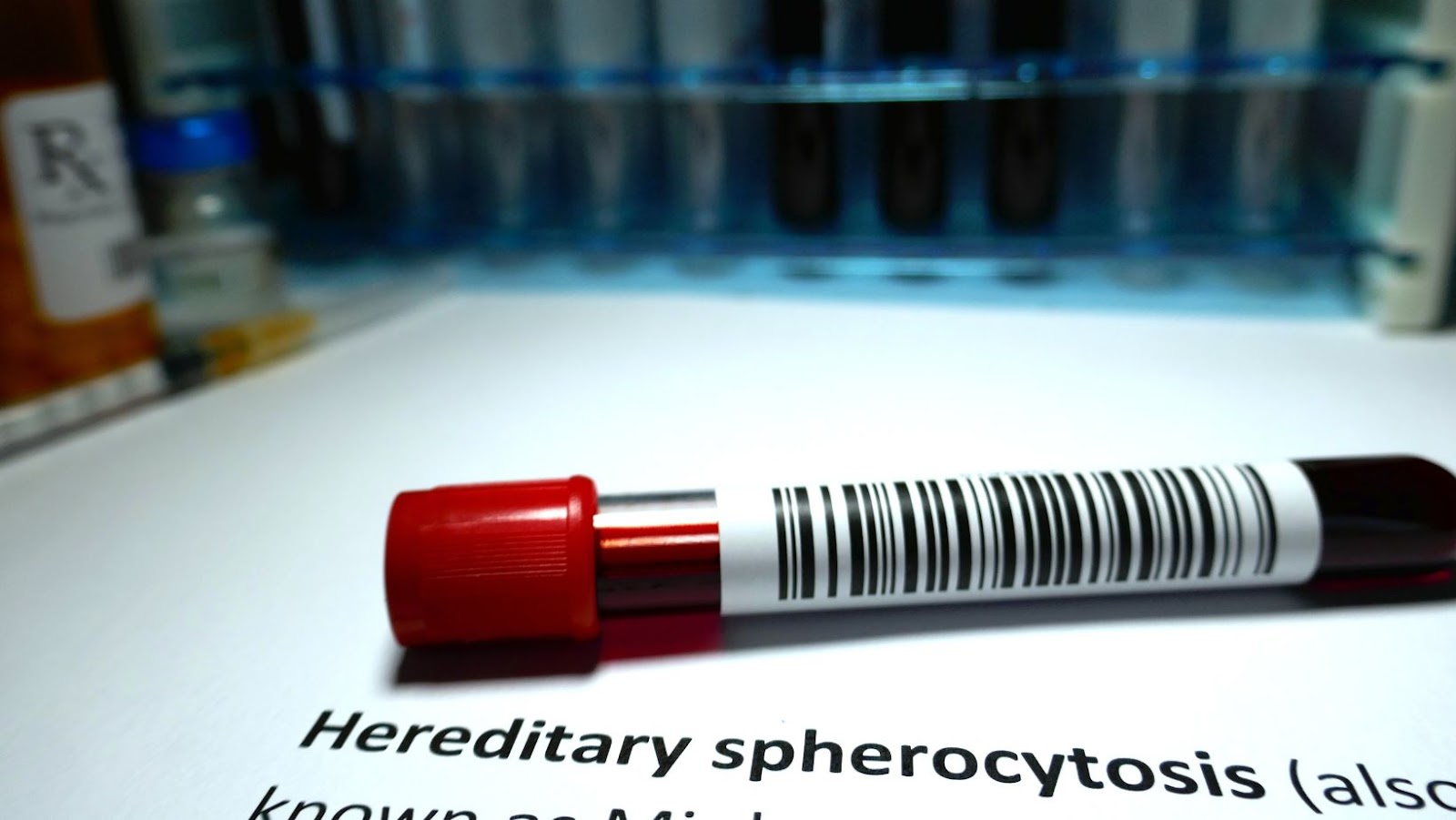 Explain Why it is Not Possible to Change Hereditary Conditions.
Explain Why it is Not Possible to Change Hereditary Conditions.
Changing hereditary conditions is a complex topic that raises many questions and concerns. As an expert in the field, I’ve often been asked why it’s not possible to alter these conditions. In this article, I’ll delve into the scientific reasons behind this limitation and shed light on the factors that make it challenging to change hereditary traits.
Hereditary conditions are primarily determined by our genes, which act as the blueprint for our bodies. These genes are inherited from our parents and carry vital information that governs various aspects of our physical characteristics and health.
In conclusion, changing hereditary conditions poses significant challenges due to the intricate nature of genetics and its interaction with environmental factors. Although advancements continue to be made in understanding genetic disorders, finding safe and effective ways to modify these conditions remains an ongoing area of research and exploration for scientists worldwide.
What are Hereditary Conditions?
When it comes to understanding hereditary conditions, it’s important to grasp the basic concept. Hereditary conditions, also known as genetic disorders or inherited diseases, are medical conditions that are passed down from one generation to another through genetic material. These conditions are caused by alterations or mutations in specific genes, which can affect various aspects of a person’s health and well-being.
To illustrate this further, let me give you an example. Cystic fibrosis is a hereditary condition that primarily affects the lungs and digestive system. It is caused by a mutation in the CFTR gene, which results in the production of thick and sticky mucus in the body. This can lead to difficulties in breathing, frequent lung infections, and problems with digestion.
In conclusion, hereditary conditions stem from genetic mutations that can be inherited from parents. They encompass a wide range of disorders affecting different systems within the body. Although scientific progress has been made toward managing certain genetic diseases, we currently lack the ability to fundamentally change our inherited traits at will.
The Role of Genes in Hereditary Conditions
Understanding the role of genes in hereditary conditions is key to grasping why it’s not possible to change these conditions. Genes, which are segments of DNA, carry the instructions that determine our traits and characteristics. They play a fundamental role in shaping who we are and what we inherit from our parents.
- Inherited Genetic Mutations: Many hereditary conditions result from genetic mutations that are passed down from one generation to another. These mutations can occur spontaneously or be inherited from one or both parents. For instance, conditions like cystic fibrosis or Huntington’s disease are caused by specific gene mutations that affect how certain proteins function in the body.
- Dominant and Recessive Traits: Some hereditary conditions follow patterns of inheritance based on dominant and recessive traits. Dominant traits require only one copy of the mutated gene to manifest the condition, while recessive traits require two copies. For example, a child will develop sickle cell anemia only if they inherit two copies of the mutated gene from each parent.
- Complexity of Gene Interactions: Genes do not act independently but rather interact with each other and with environmental factors in complex ways. This makes it challenging to modify or alter specific genes without unintended consequences elsewhere in the genome. Additionally, many hereditary conditions involve multiple genes working together, making it even more difficult to target a single gene for modification.
- Ethical Considerations: Altering human genes raises significant ethical concerns regarding safety, consent, and potential unintended consequences. The field of genetic engineering is still relatively new and scientists continue to explore its possibilities cautiously while considering these ethical implications.
- Limitations of Current Technology: Despite advancements in genetic research, we currently lack the technology necessary for safely modifying individual genes on a large scale within living organisms like humans.
While scientists have made tremendous strides in understanding genetics and developing treatments for some hereditary conditions, the inherent complexity of genes and the limitations of current technology make it currently not possible to change hereditary conditions. Nonetheless, ongoing research and advancements in genetic science offer hope for potential breakthroughs in the future.